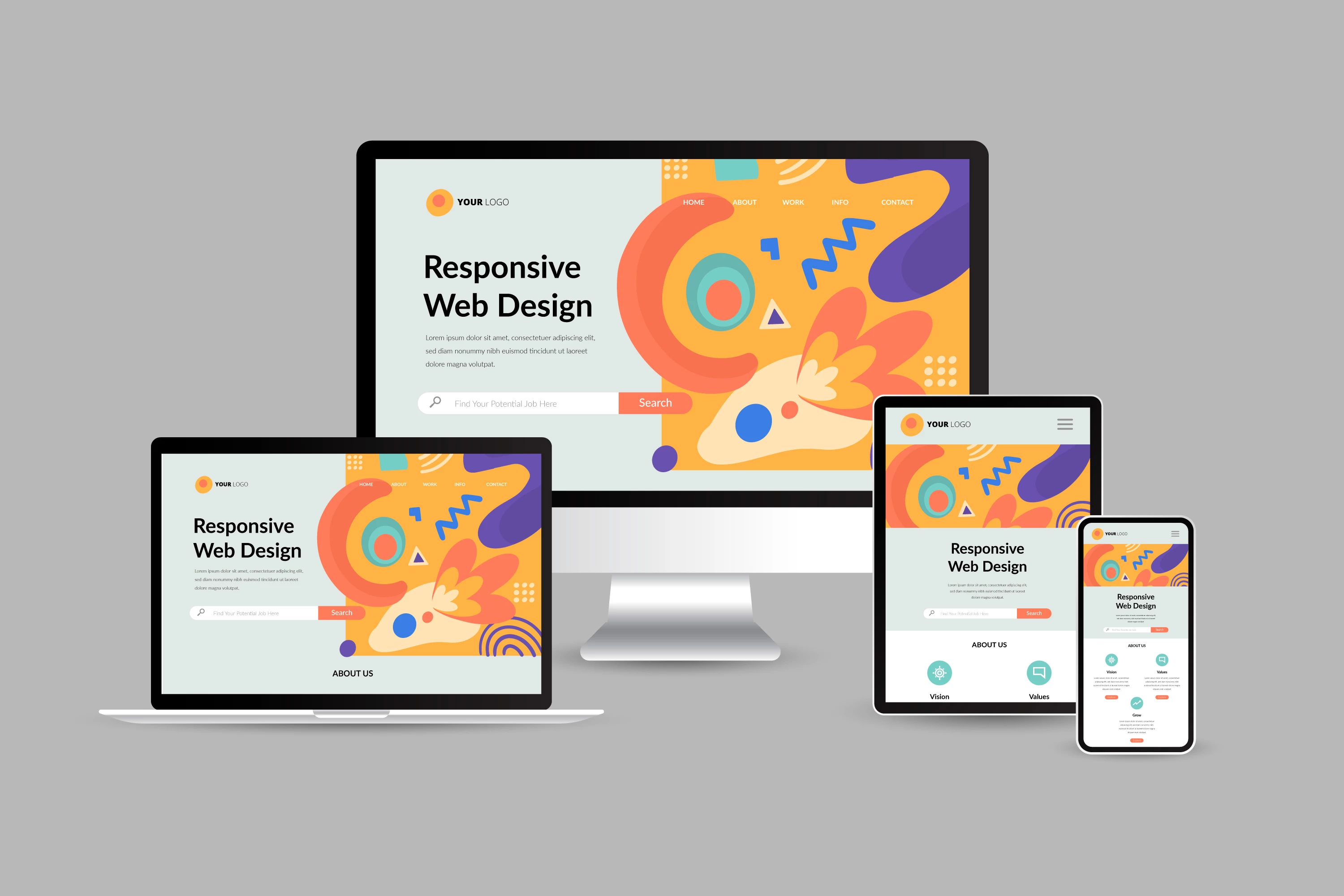Custom Website Design Services That Address Your Business’s Individual Needs
Custom Website Design Services That Address Your Business’s Individual Needs
Blog Article
Top Tips for Creating an Impactful Site Design That Transforms
To accomplish this, one need to consider a selection of factors, including comprehending the target audience, prioritizing individual experience, and enhancing for mobile systems. The tactical use of compelling call-to-actions and a distinct aesthetic pecking order plays a critical duty in directing customers via their journey.

Understand Your Target Audience
Comprehending your target audience is essential to reliable website design, as it lays the groundwork for producing an interesting customer experience. Recognizing who your individuals are, including their demographics, choices, and actions, allows developers to customize the web site's material, design, and performance to meet specific requirements.
Conducting complete market research is essential in this process. Surveys, interviews, and analytics can offer useful insights into user assumptions and pain points. By compiling this information, developers can produce individual characters that represent various sectors of the audience, guaranteeing that design choices are notified and appropriate.
Additionally, recognizing the target audience aids in picking suitable layout elements such as color pattern, typography, and images that reverberate with users. An internet site that talks directly to its audience cultivates a feeling of connection and trust, urging longer check outs and higher conversion prices.
Ultimately, a user-centered method to website layout not only enhances user contentment yet also supports organization purposes by driving involvement and loyalty. By focusing on the requirements and preferences of the target market, a website can properly offer its function and attain preferred end results.
Prioritize Individual Experience
To boost the overall performance of a website, focusing on individual experience (UX) is essential (Website Design). A properly designed UX ensures that visitors can browse the website effortlessly, locate information promptly, and engage with content meaningfully. This brings about increased individual satisfaction and higher conversion rates
Begin by implementing instinctive navigating. Menus ought to be rationally structured, permitting users to find key areas of the site with marginal initiative. Uniformity in design elements, such as color design and typefaces, cultivates familiarity, which is important for keeping customer involvement.
Additionally, consider the filling speed of your site. A delay of just a few seconds can result in considerable drop-offs, as individuals are less likely to wait on a slow-loading web page. Streamlining photos and maximizing code can boost performance and retain site visitors.
Moreover, clearness in content discussion is crucial. Use succinct, engaging language and damage up message with visuals to improve readability. By focusing on individual experience, you not only produce a more delightful atmosphere for site visitors but additionally enhance your brand name's reliability. Inevitably, a concentrate on UX is an investment in the lasting success of your website.
Optimize for Mobile Tools
Maximizing for mobile phones is vital in today's digital landscape, where a raising variety of users accessibility websites via smart devices and tablets. A mobile-friendly design not only enhances customer experience yet also Visit Your URL plays a considerable role in enhancing search engine positions. To accomplish this, it is necessary to adopt a responsive style that automatically changes to different display dimensions and positionings.
%20%5B60%25%5D.jpg)
Filling speed is an additional crucial variable; mobile customers are usually much less patient and anticipate quick accessibility to information. By focusing on mobile optimization, you ensure that your internet site stays affordable and effectively engages a broader audience.
Usage Engaging Call-to-Actions
A web site's efficiency usually depends upon its capability to direct site visitors towards wanted activities, making compelling call-to-actions (CTAs) crucial components of design. CTAs serve as the pivotal points that guide individuals to engage with the website, whether that means making a purchase, authorizing up for an e-newsletter, or downloading a resource.
To develop reliable CTAs, quality is extremely important. Use concise language that clearly connects the activity you want the customer to take.
Furthermore, the style of CTAs should stand out without being interfering. Use contrasting colors and clear typefaces to ensure they catch attention. Furthermore, think about utilizing directional cues, such as arrows or More Info photos, to guide users toward these switches. By focusing on these elements, services can substantially enhance user involvement, driving conversions and eventually attaining their site's objectives.
Focus on Visual Pecking Order
Effective web site design depends heavily on a well-structured visual hierarchy that guides users via material seamlessly. By arranging components in a fashion that prioritizes information, designers can enhance user experience and facilitate decision-making. This involves using dimension, color, contrast, and spacing strategically to draw attention to the most essential parts of a page.
The usage of larger font styles for headings and subheadings develops a clear difference in between different sections, allowing users to scan content easily. Additionally, using different colors for buttons and calls-to-action can capture user attention and encourage interaction. Whitespace is an additional necessary element; it avoids clutter and enables users to concentrate on key messages without disturbances.
Pictures and graphics should enhance the text while likewise sticking to the well established power structure, strengthening the general message (Website Design). Consistency in layout elements, such as color pattern and typography, additional enhances the aesthetic power structure, making navigation instinctive

Verdict
Finally, effective website layout demands a thorough understanding of the target audience, prioritization of individual experience, and mobile optimization. The tactical use of engaging call-to-actions and a distinct visual power structure better improves user interaction. By implementing these principles, sites can accomplish greater conversion rates, guaranteeing that design components not only bring in visitors but also facilitate smooth navigation and interaction. Inevitably, a well-executed site layout acts as an essential element in driving individual actions and achieving organization purposes.
Report this page